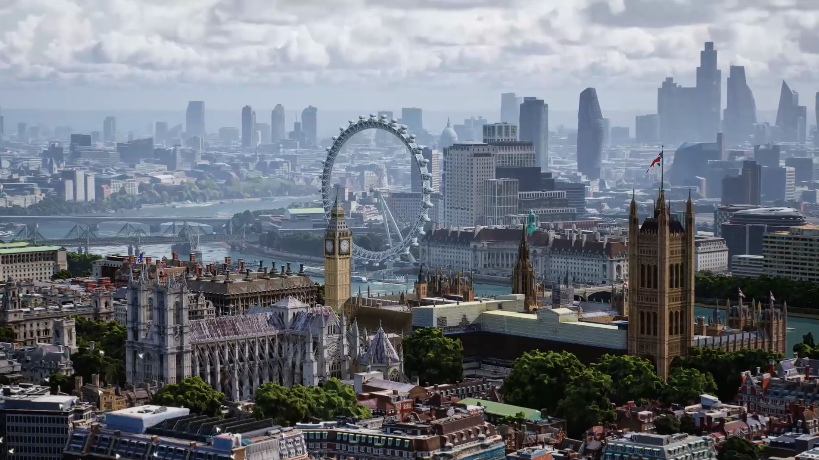Local Visual Search Center Stage at Google I/O
Among a flurry of announcements, Google Maps 'Immersive View,' Multisearch Near Me and Scene Explorer reflect the increasingly visual future of local search.

For those not watching or reading the real-time coverage, Google announced numerous products and updates during its developer conference keynote yesterday. In something of a first for Google I/O, the early announcements were mostly about local: Google Maps "Immersive View," "Multisearch Near Me" and "Scene Exploration." These are all visual search tools – for the real world.

